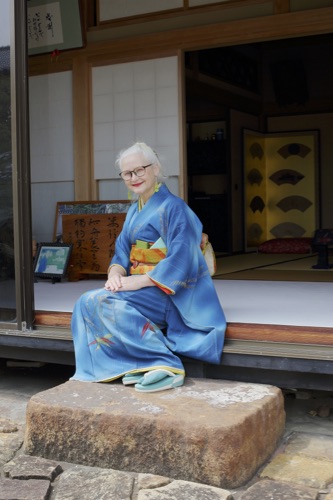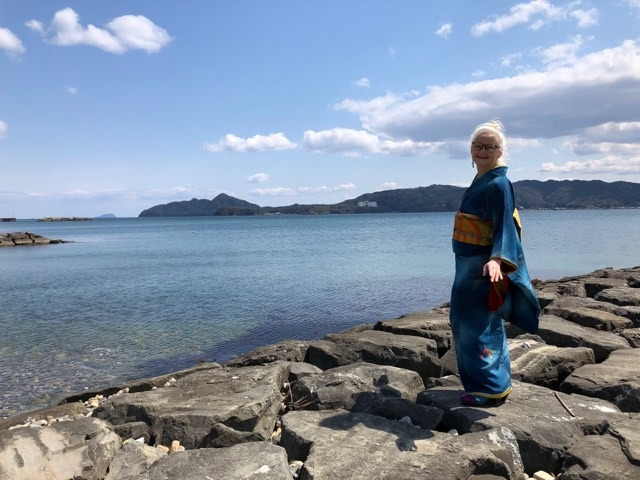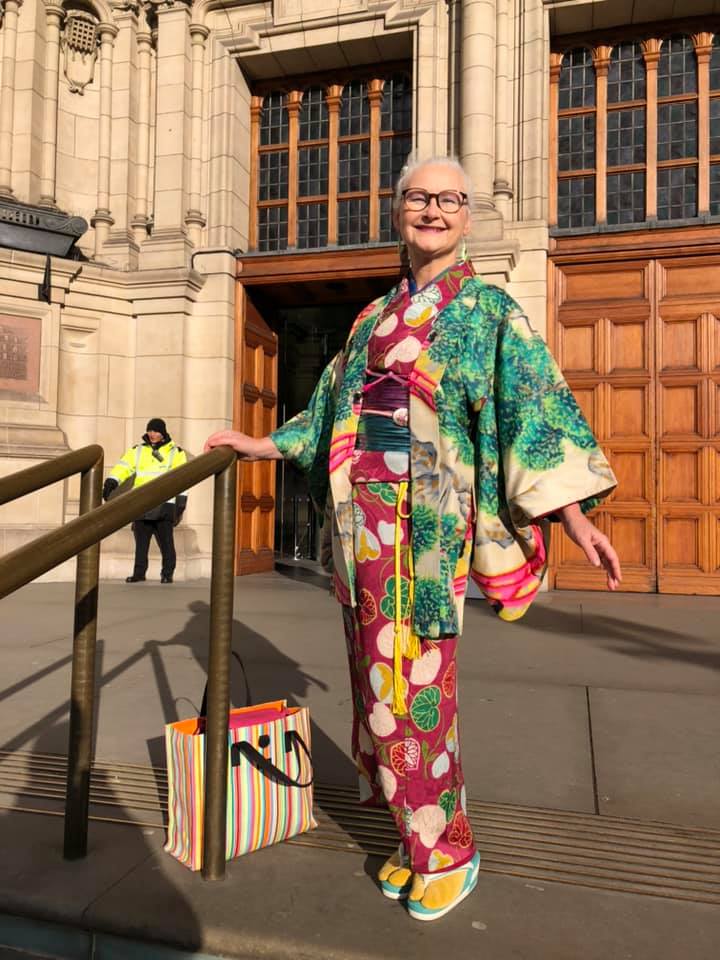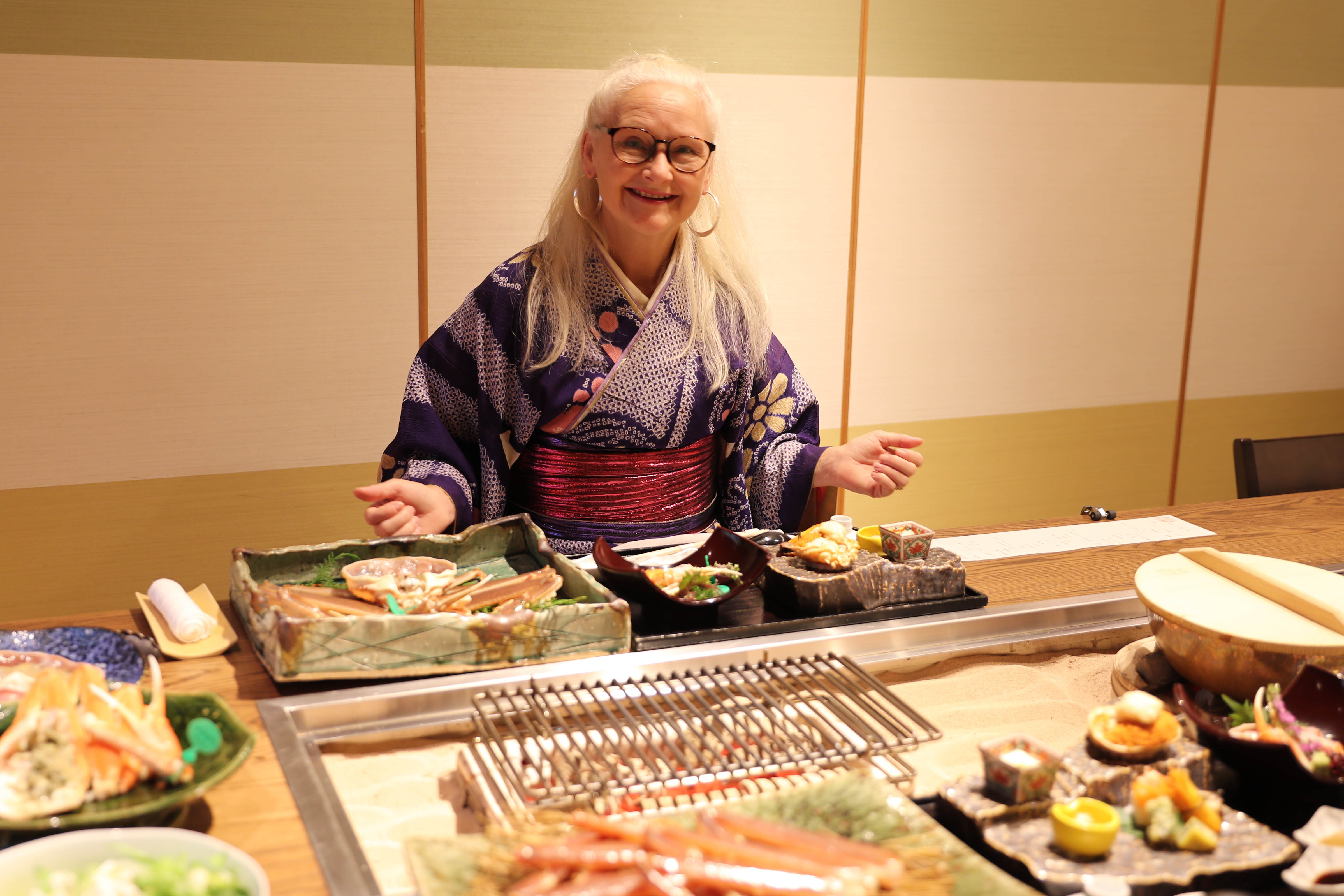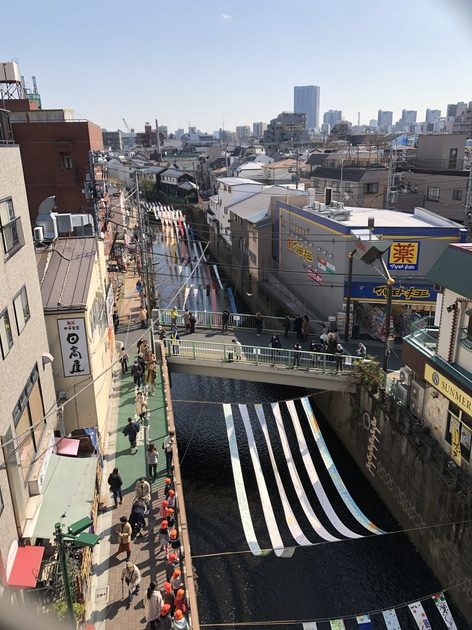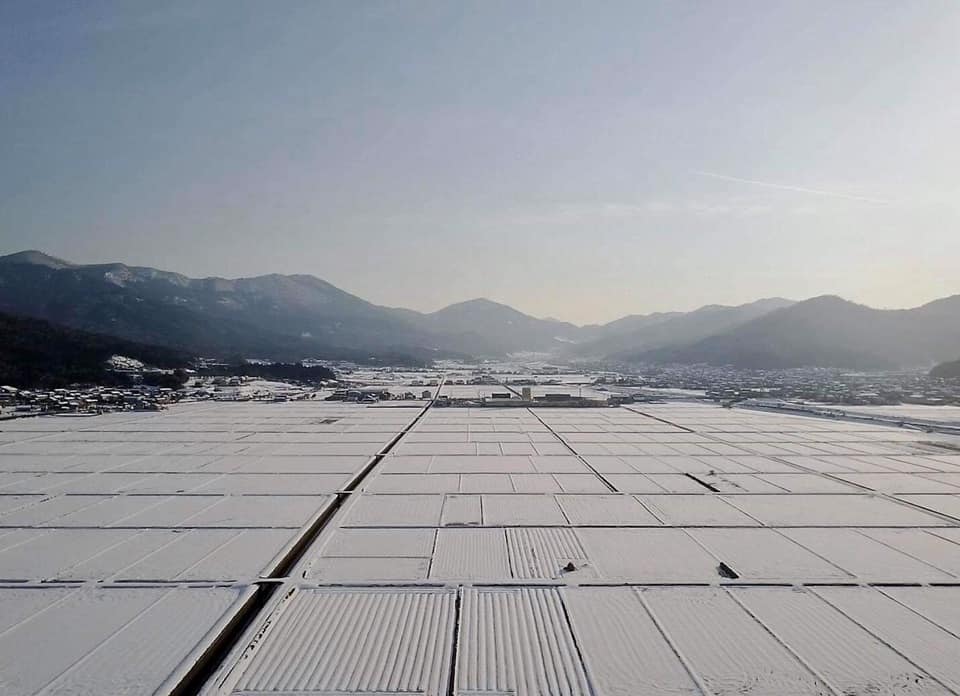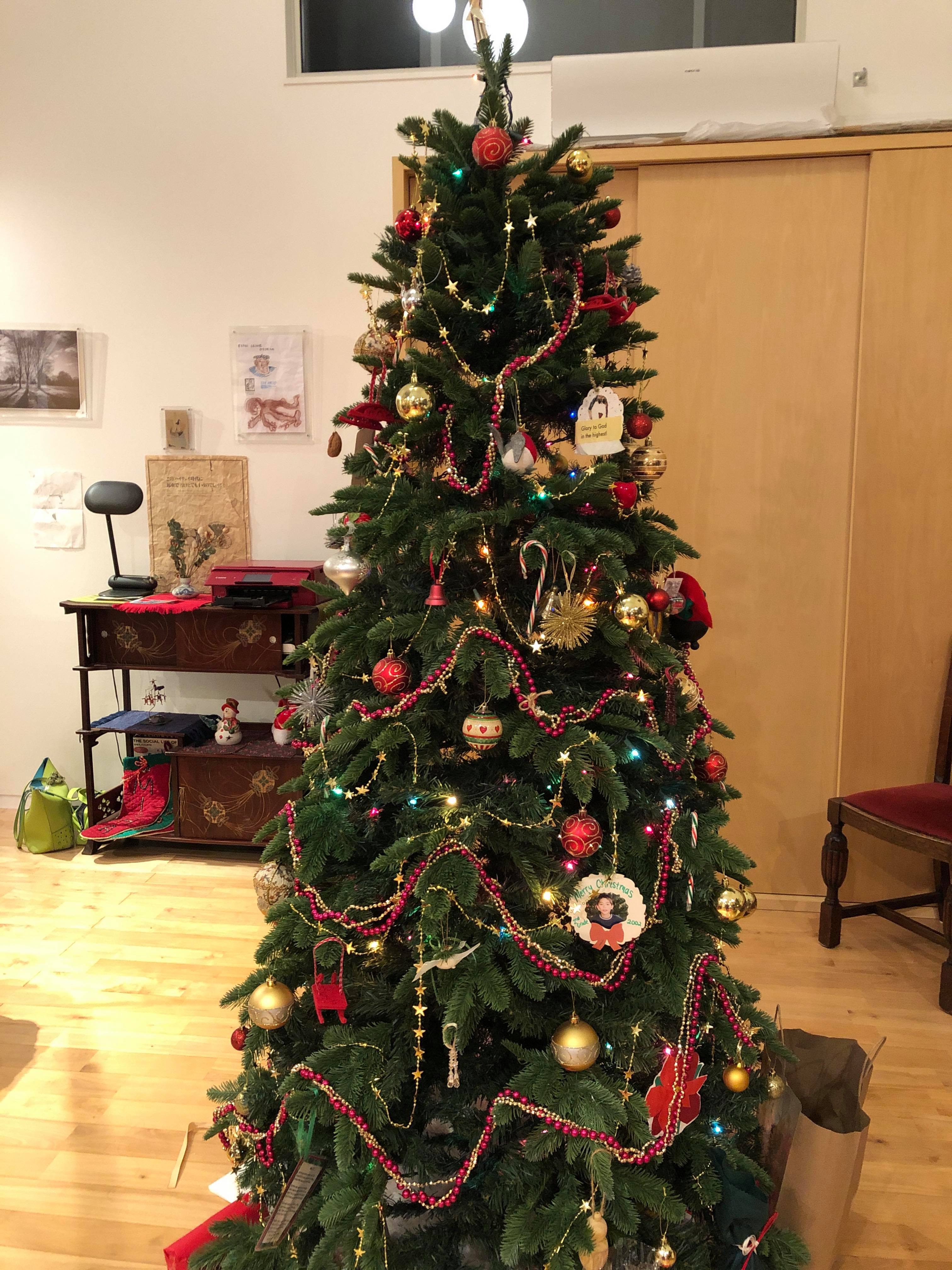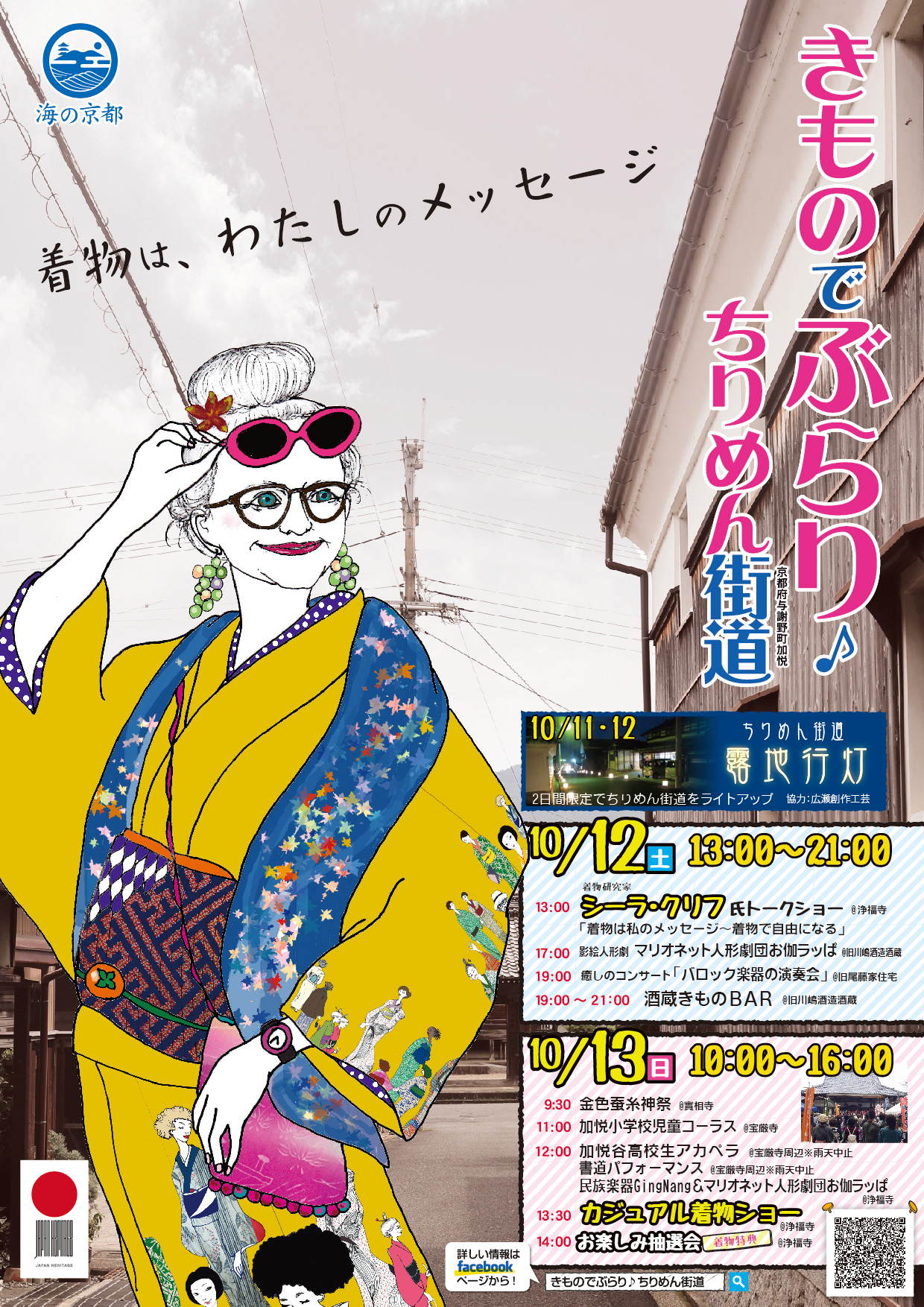
Kimono: Joining makers and wearers!
- AREA
Do you know who made your clothes? Unless you have a friend who knits sweaters, you probably don’t. Western clothing is not usually made in the country where it is worn. It is usually made where the cost of labour is cheap, and most of us prefer not to think about the fact that it might have been made in a sweat shop by someone struggling to support a family on a minimum wage. Kimono is different.
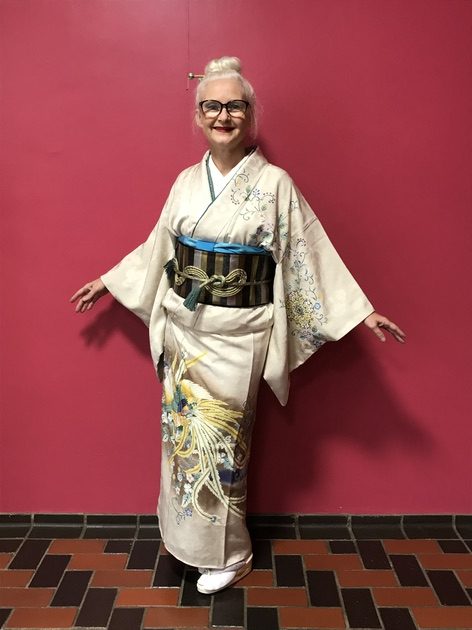
It is really exciting to me that it is possible, with kimono, to actually know the person who produced my garment. I have a great friend, Tanabe Keiko, who is an Edo yuzen dyer. She is a fun and bubbly person. She is also an amazing artisan, the longest serving woman in the Tokyo Yuzen Dyers Association. As a traditional crafts person, she has a duty not only to make kimono, but to pass on the craft to the next generation. She teaches classes and also goes into elementary schools to teach children about yuzen and give them an experience. But mainly she makes beautiful kimono and obi. She listens and produces beautiful images according to the desires of her customers. To wear one is a unique pleasure. She made one for my daughter’s coming of age, and it is a treasure to pass on. We are bound through our love and our kimono.
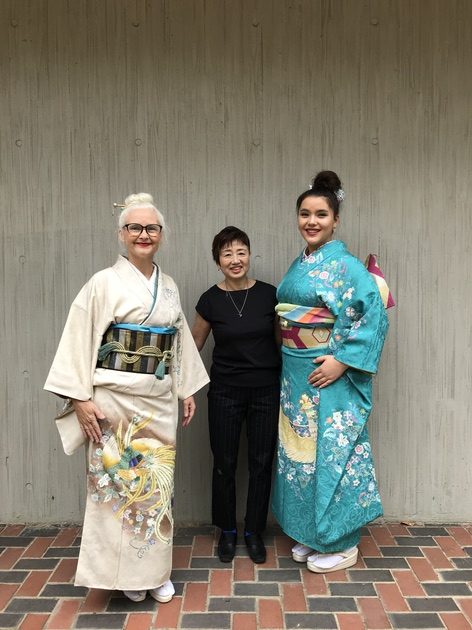

Recently I was able to purchase a kimono that was the last kimono made in an interesting project. Kimono Walking Group in Kawagoe, Saitama made a project with a silk farmer in Chichibu, to give them enough silk for ten kimono for three years. The silk was given to different weavers and dyers in the Kanto area, and they were made into unique kimono by those artisans. My omeshi kimono, a flat weave, was made by Izumi Taro, who has the last kimono weaving workshop in Kiryu, Gunma. He weaves cloth and also tie-dyes on the cloth he has woven. His work is unique and very beautiful, all made with Japanese silk. My silk is dyed in various pastel colours. I was able to meet him when he was showing his work in Tokyo last month. It was a privilege to meet and to see the other kimono from his workshop.

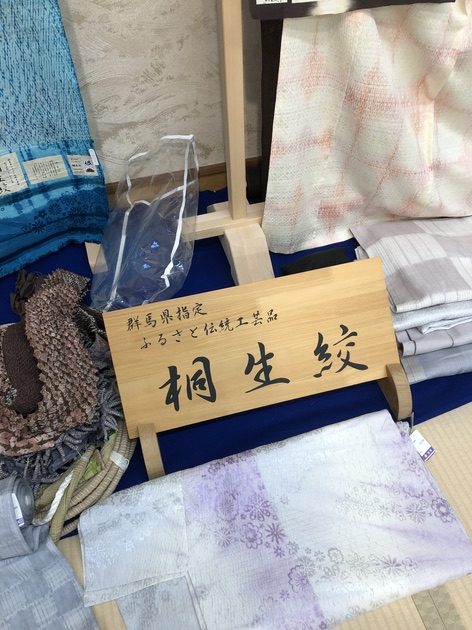
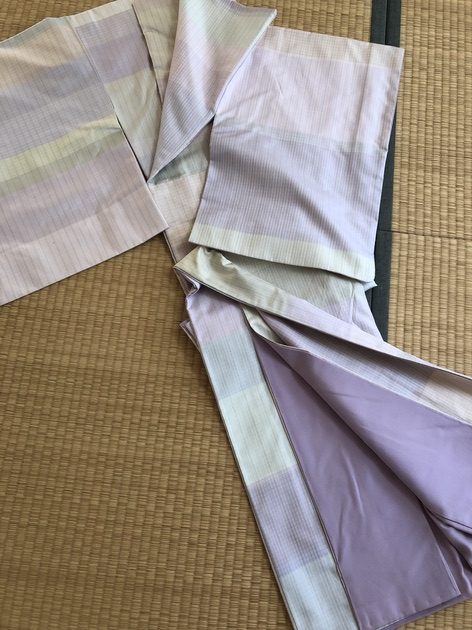
Tatebayashi in Gunma was once an area of cotton production. Weaving cotton tsumugi and striped kimono was an important part of the household economy. I heard that the last weaver in Tatebayashi, who finished her weaving two years ago, still had a few kimono lengths, tanmono, in her storeroom. We visited Yamagishi Yoshie, and she showed us her beautiful sample books of striped kimono. She had kimono lengths and cotton left in her store. These are the very last kimono woven in the Tatebayashi area. It was sad to realise that kimono weaving in Tatebayashi was now history. It has finished. Cotton kimono are reasonably priced and easy to look after, so they are great for work. Mostly I wear used kimono, and I don’t know their stories. When I wear these kimono I think of the people behind the making of them, and I know that they are all special, filled with hard work, with love and dedication. This is something very beautiful about kimono culture.
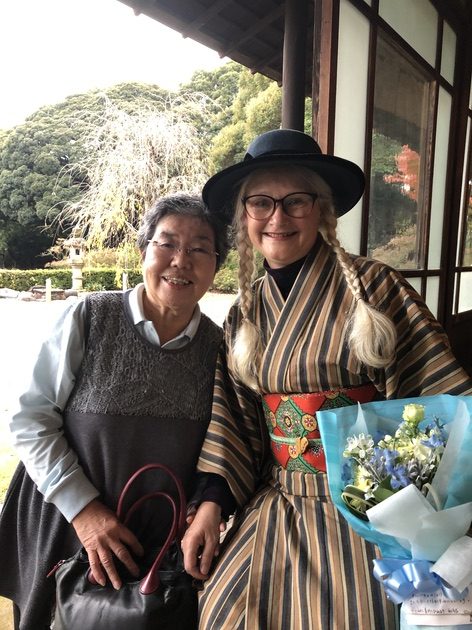
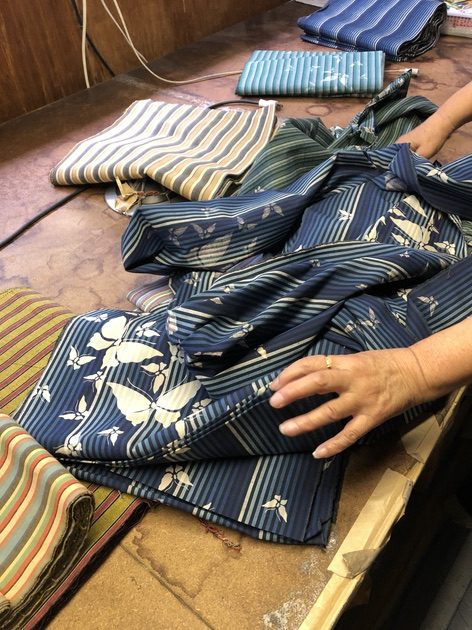
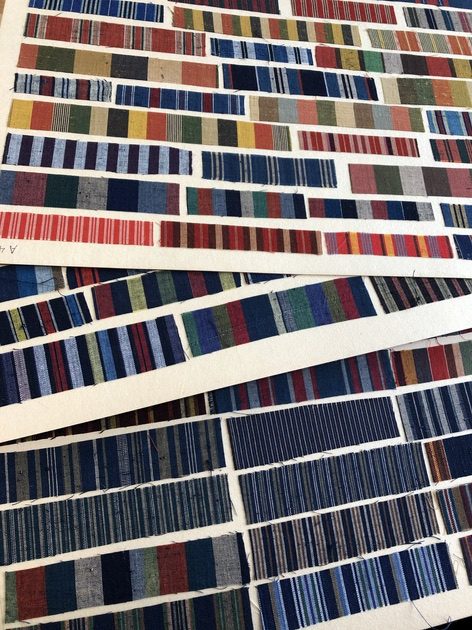

Latest Posts

Yosano Tourist Association
TEL +81-772-43-0155


